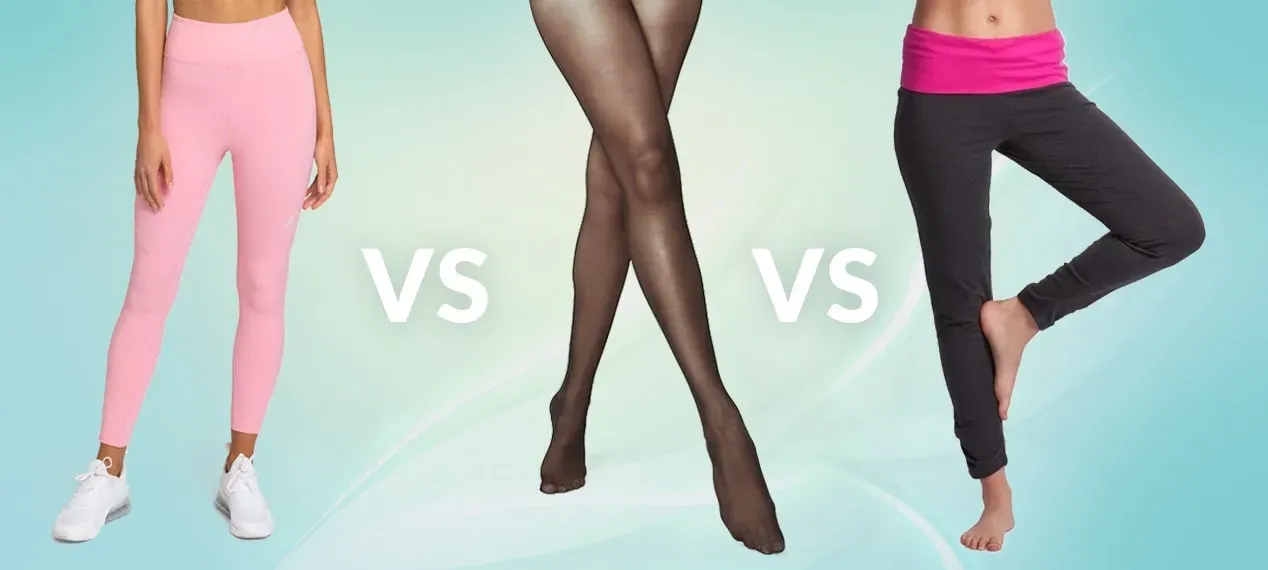Table of Contents
Ever stood in front of your activewear drawer, staring at a pile of stretchy pants and wondering, "Are these for running or downward dog?" You're not alone. The lines between running tights vs yoga pants seem blurrier than a finish line photo after a marathon. Companies market them interchangeably, and honestly, they look pretty similar hanging on the rack. But here’s the punchline: they’re not the same. Wearing the wrong pair won't just feel off; it can actually impact your performance and comfort, whether you're pounding the pavement or flowing through a sun salutation. This isn't about fashion; it's about function. We'll cut through the confusion and lay out exactly what sets these two apart, why those differences matter, and help you figure out which pair belongs on your body for your specific activity.
Running Tights vs Yoga Pants: Why the Confusion?
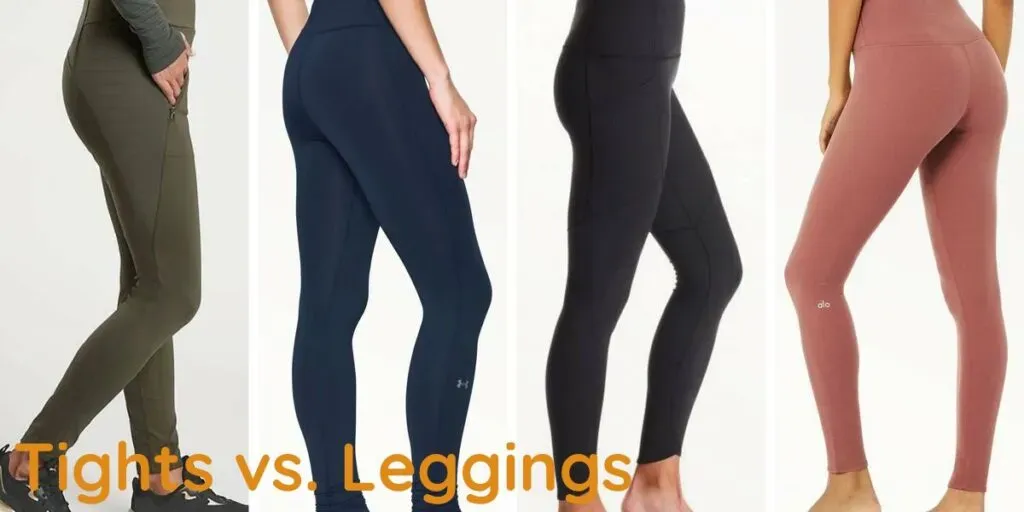
Running Tights vs Yoga Pants: Why the Confusion?
Alright, so you're trying to figure out this whole running tights vs yoga pants situation? It's a mess, right? Walk into any sports store, and you see racks of stretchy bottoms that all look vaguely similar. They're black, they're form-fitting, they promise comfort and performance. The labels sometimes even say "athletic leggings" or "performance pants," which is about as helpful as a screen door on a submarine. Add in the fact that fashion has totally co-opted activewear, and suddenly people are wearing yoga pants to brunch and running tights to the grocery store. The lines aren't just blurred; they've practically dissolved, making it genuinely hard to tell what's built for pounding pavement and what's designed for holding a warrior pose.
Running Tights: Engineered for Movement
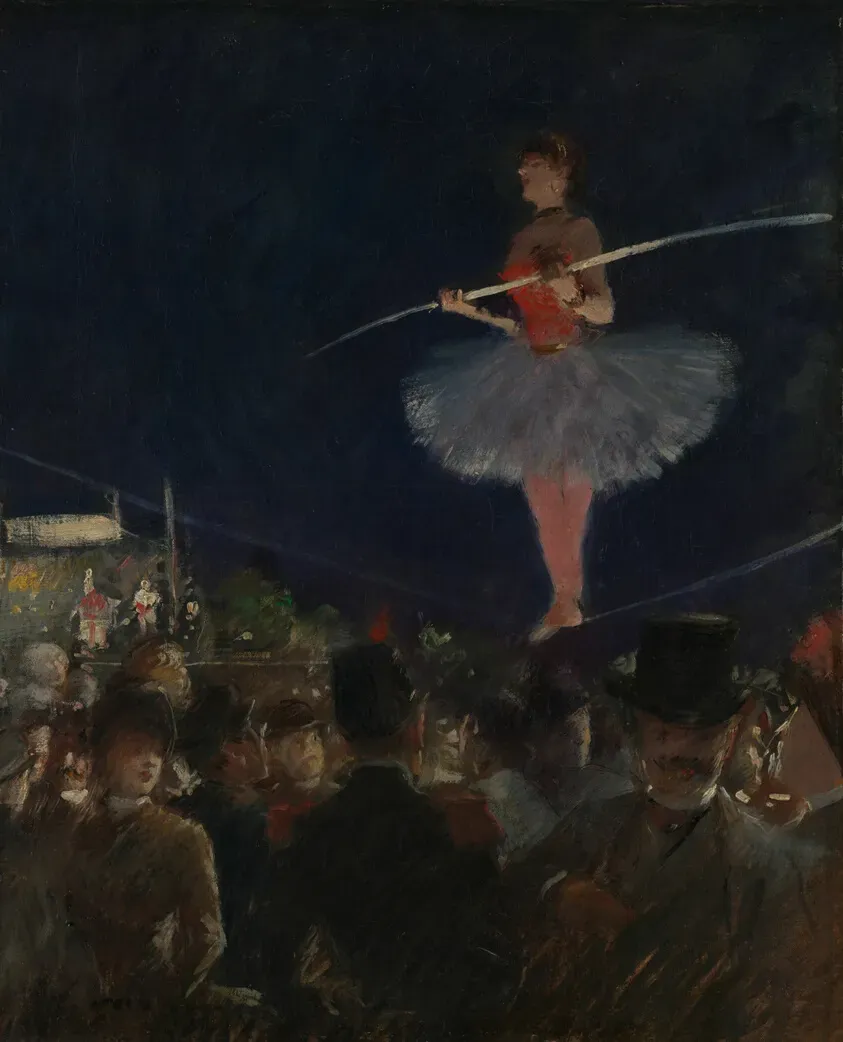
Running Tights: Engineered for Movement
Built for the Stride
let's get down to brass tacks with running tights. These aren't just snug pants; they're purpose-built gear for moving forward, fast or slow, over distance. Think about what your body does when you run: everything bounces, shifts, and absorbs impact. Running tights are designed to manage that chaos. They often feature compression, which feels like a firm hug around your muscles. The idea is that this support can help reduce vibration, maybe even improve blood flow, though don't expect them to magically shave minutes off your mile time. The fabric is almost always synthetic, a blend of polyester, nylon, and spandex, engineered to wick sweat away from your skin like a champ. Nobody wants to feel like they're running in a wet towel.
Features That Go the Distance
Beyond just fabric and fit, running tights come with specific details that make them suitable for logging miles. Seams are often flatlock stitched or minimal to prevent chafing over repetitive motion – because a blister on your inner thigh is nobody's friend. Waistbands are typically designed to stay put, often with a drawstring, so they don't creep down three miles in. You'll find pockets, sometimes zippered, for keys, gels, or a phone, because where else are you going to stash that stuff? And for those brave enough to run when the sun isn't out, many running tights include reflective elements to help you be seen by traffic. They prioritize durability and weather resistance too; some are thicker for cold weather, others lighter for heat, but they're all built to withstand the elements you encounter on the road or trail.
Here's a quick rundown of what makes running tights tick:
- Compression: Provides muscle support and reduces vibration.
- Moisture-Wicking Fabric: Pulls sweat away from the skin.
- Flatlock Seams: Minimizes chafing during repetitive movement.
- Secure Waistband: Stays in place, often with a drawstring.
- Pockets: Convenient storage for essentials.
- Reflective Details: Enhances visibility in low light.
Yoga Pants: Designed for Flexibility and Comfort
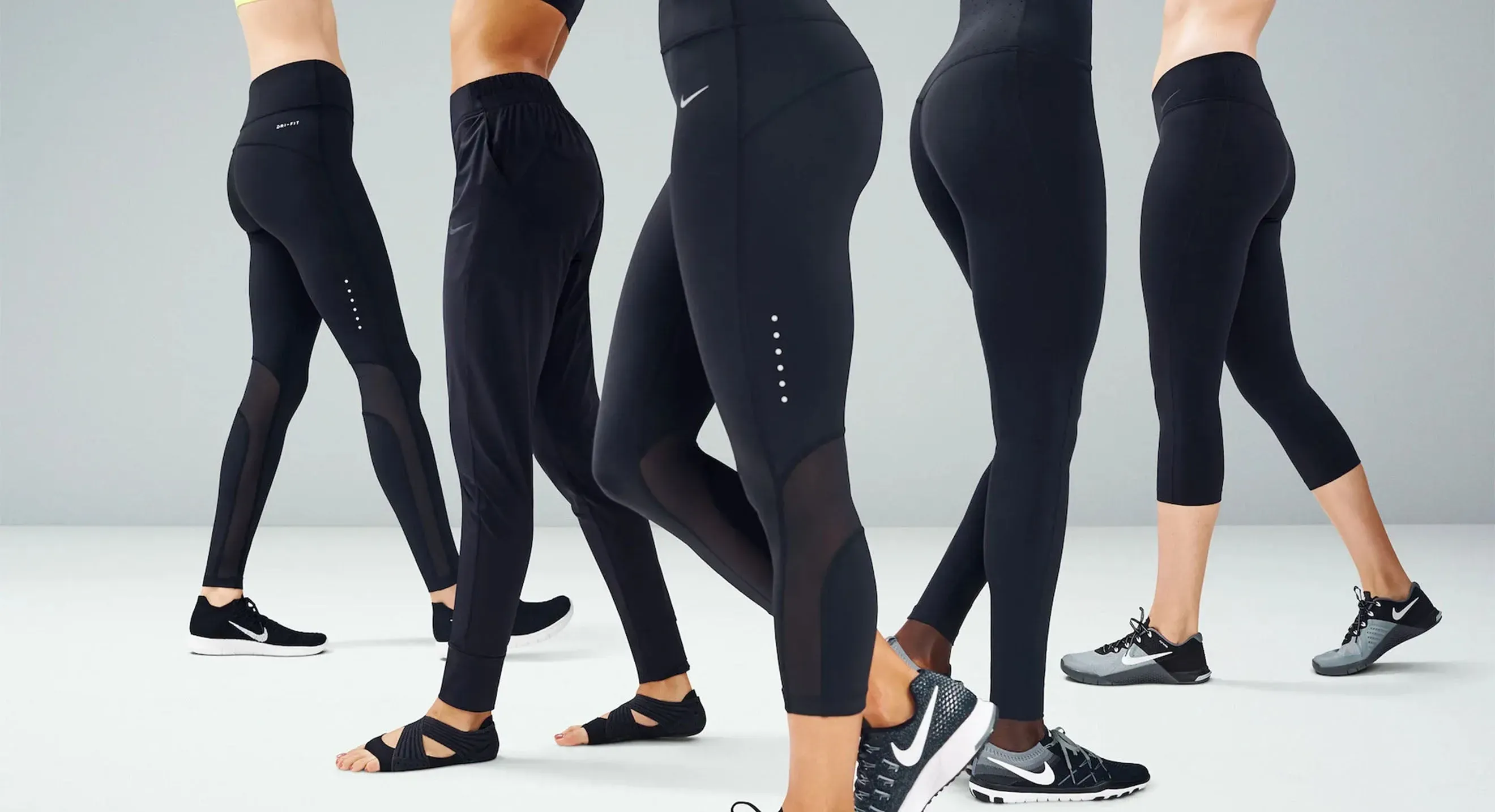
Yoga Pants: Designed for Flexibility and Comfort
switching gears to yoga pants. While running tights are built for forward propulsion and muscle lockdown, yoga pants are pretty much the opposite. Their prime directive? Let you move freely and comfortably through every twist, bend, and stretch. The fabric is usually softer, often with more cotton blend or a brushed finish on synthetics, giving that "second skin" feel everyone raves about. Compression? Not really the point here. You want a gentle hold, not a vice grip. The waistbands are typically wide and high, designed to lie flat and stay put without digging in, whether you're in a deep lunge or balancing on one leg. Seams are still a consideration, but the focus is less on preventing chafing from repetitive motion and more on avoiding irritation during static holds or deep stretches. Think less about aerodynamics and more about unrestricted range of motion.
Can You Really Swap Running Tights and Yoga Pants?
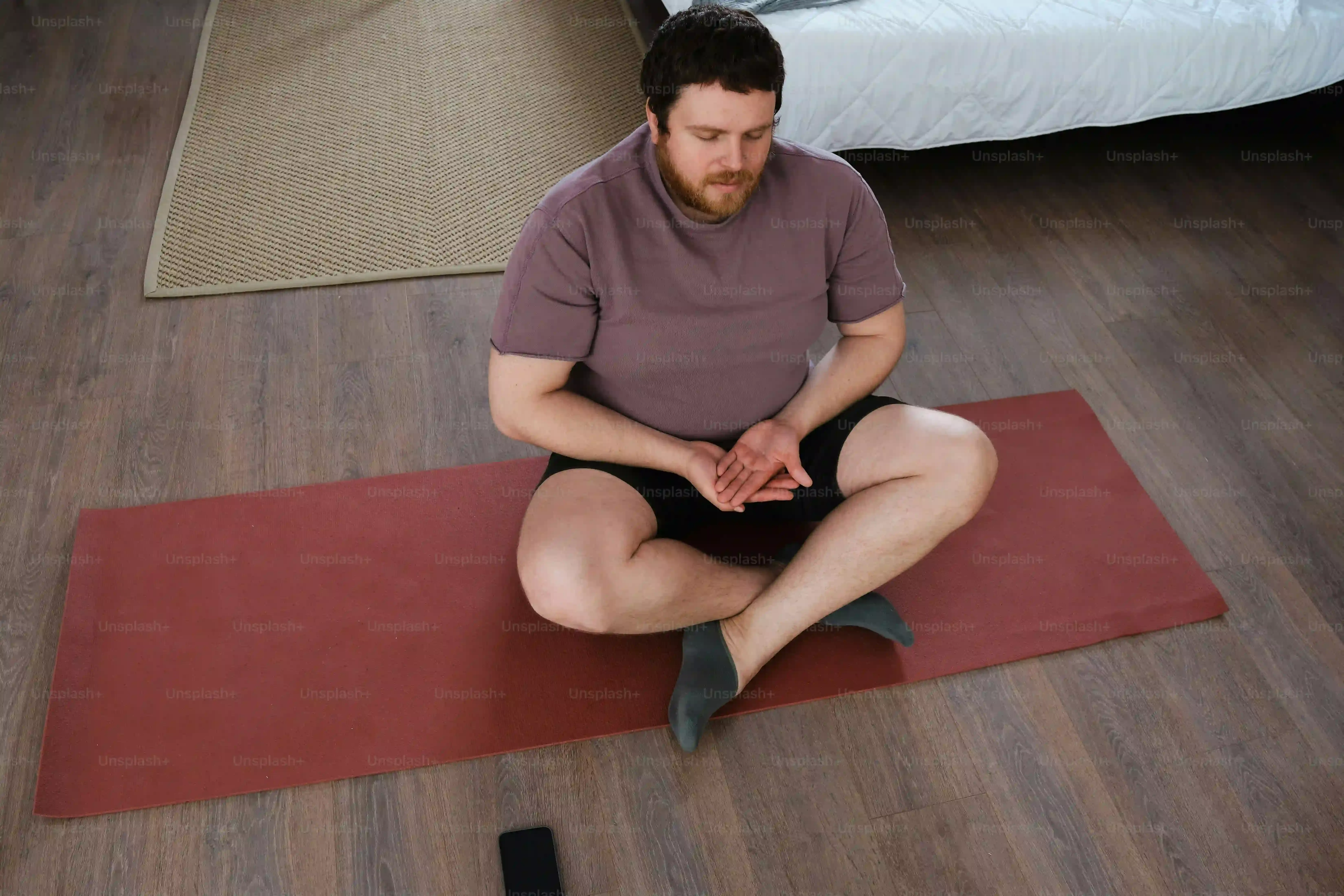
Can You Really Swap Running Tights and Yoga Pants?
Trying to Run in Yoga Pants? Good Luck.
the million-dollar question: can you just grab whatever stretchy pants are clean and head out? Technically, yes, you *can* put on yoga pants and go for a run. Nobody's going to arrest you. But should you? That's a different story. Remember how we talked about running tights being engineered for movement? Yoga pants, bless their soft, flexible hearts, aren't built for repetitive, high-impact motion. They lack the compression to support your muscles over distance. You'll likely feel more bounce, less stability. The fabric might not wick sweat as effectively, leaving you feeling clammy. And those lovely, wide waistbands? They might start rolling down or shifting as you pick up speed. It feels... floppy. Like trying to run in pajamas, but slightly more socially acceptable. The core difference in the running tights vs yoga pants design becomes painfully obvious about a half-mile in.
Feature | Running Tights | Yoga Pants |
|---|---|---|
Primary Purpose | Support & Endurance | Flexibility & Comfort |
Compression Level | Often High | Typically Low/None |
Fabric Feel | Smooth, Durable, Wicking | Soft, Stretchy, Breathable |
Waistband | Secure, Often Drawstring | Wide, Flat, Comfortable |
Seams | Flatlock, Minimal (Anti-chafing) | Smooth, Comfortable (Anti-irritation) |
Yoga in Running Tights? Less Awkward, Still Not Ideal.
Now, what about doing yoga in running tights? This is generally less of a disaster than the reverse scenario, but it's still not optimal. Running tights are designed to hold you in, which is great for pounding pavement but can feel restrictive when you're trying to fold yourself into a pretzel. The higher compression can make deep stretches feel tighter than they should. While the moisture-wicking fabric is fine, the overall feel might be less soft and comfortable than a dedicated yoga pant. You might find the waistband digging in during certain poses or the seams feeling more prominent when you're holding a pose for a while. It's like wearing a suit to a beach party – you can do it, but you'd be a lot more comfortable in shorts. The distinction between running tights vs yoga pants isn't just marketing; it's about optimizing your gear for the specific demands of the activity.
Choosing Your Perfect Pair: Running Tights vs Yoga Pants
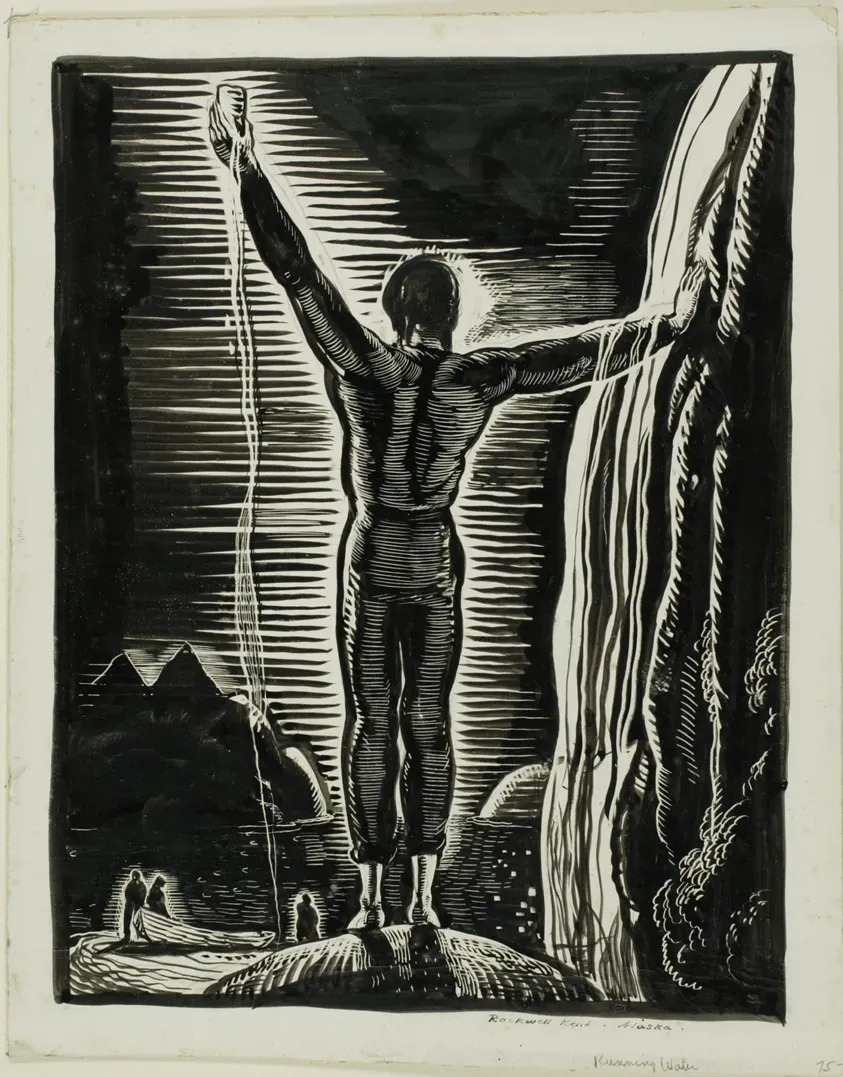
Choosing Your Perfect Pair: Running Tights vs Yoga Pants
Start with Your Sweat Session
Alright, so you've seen the breakdown of running tights vs yoga pants. Now, how do you actually pick the right ones? The first, most critical question is: what are you actually going to *do* in them? If your primary activity is logging miles on the road, trail, or treadmill, you absolutely want running tights. The support, the sweat-wicking, the secure fit – it's all designed to make running less uncomfortable (because let's be honest, running is hard enough without fighting your pants). If your happy place is on a yoga mat, stretching, bending, and holding poses, then yoga pants are your go-to. Their flexibility and soft comfort are built for that kind of movement. Trying to make one do the job of the other is like bringing a spoon to a knife fight; it's just not the right tool.
Look Beyond the Label: Check the Features
so you know your activity. Great. But don't just grab the first pair labeled "running" or "yoga." Dig a little deeper. For running tights, feel the fabric – does it feel smooth and durable? Look for flatlock seams. Check the waistband – is it wide enough to be comfortable but secure enough to stay put? Does it have a drawstring if you prefer one? Are there pockets for your essentials? For yoga pants, feel for softness and stretch. Can you move freely in them? Is the waistband comfortable and non-restrictive? Hold them up to the light – are they opaque enough for deep squats and forward folds? Think about the temperature you'll be practicing in too; lighter fabrics for hot yoga, maybe something a bit thicker for a cooler studio or gentle practice.
Consider This For Running Tights | Consider This For Yoga Pants |
|---|---|
Do they offer muscle compression? | How much freedom of movement do they allow? |
Is the fabric highly moisture-wicking? | Does the fabric feel soft and comfortable against skin? |
Are seams flat to prevent chafing? | Is the waistband wide and non-binding? |
Are there secure pockets? | Are they opaque enough for deep poses? |
The Final Test: Try Them On
This might sound obvious, but seriously, try them on and *move* in them before you buy. Don't just stand there; do a few squats, lunges, maybe even a little jog in place if the store allows. For running tights, do they feel supportive without being painfully tight? Do they stay up when you move? For yoga pants, can you comfortably go through a full range of motion? Do they pinch anywhere? Does the waistband roll? Pay attention to how the seams feel against your skin. Fit is incredibly personal, and what works for your friend might not work for you. Taking five minutes in the fitting room can save you a lot of frustration (and potential chafing) down the line. Finding the right running tights vs yoga pants means listening to your body and how the fabric feels during the actual movements you plan to do.
Running Tights vs Yoga Pants: Making the Right Call
So, while they might look like close cousins in your dresser, running tights and yoga pants are built for different jobs. Running tights prioritize compression and moisture management to support muscles and wick sweat during high-impact movement. Yoga pants lean into flexibility and comfort, offering freedom for deep stretches and holds. Picking the right pair isn't just splitting hairs; it's about equipping yourself properly for the demands of your workout. A runner trying to hold Warrior III in slippery, low-compression tights will likely feel unstable, just as a yogi trying to relax into Savasana in tight, overly-structured running gear might feel restricted. Consider the activity, the required support, and the fabric feel. Your body will thank you.
